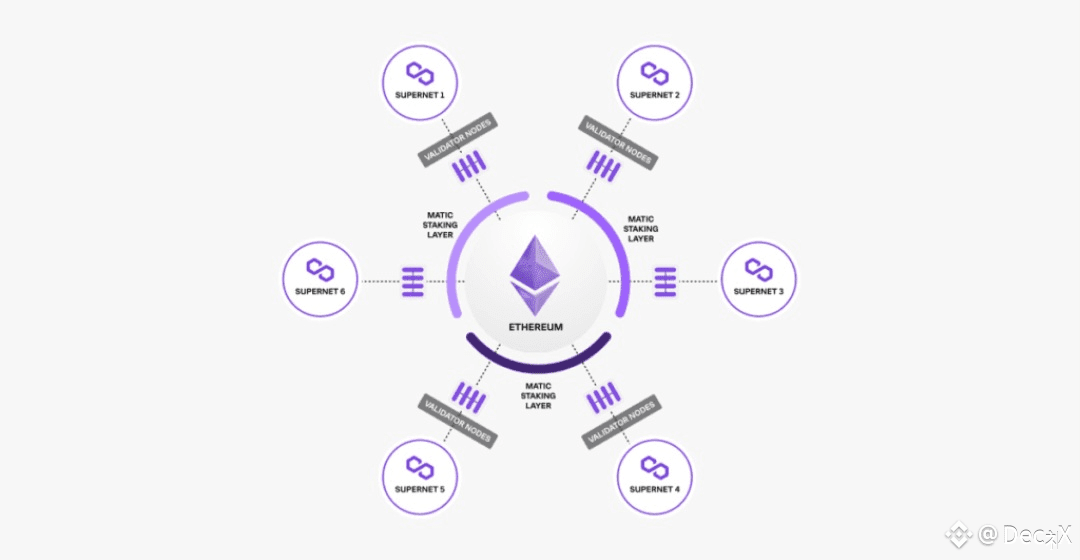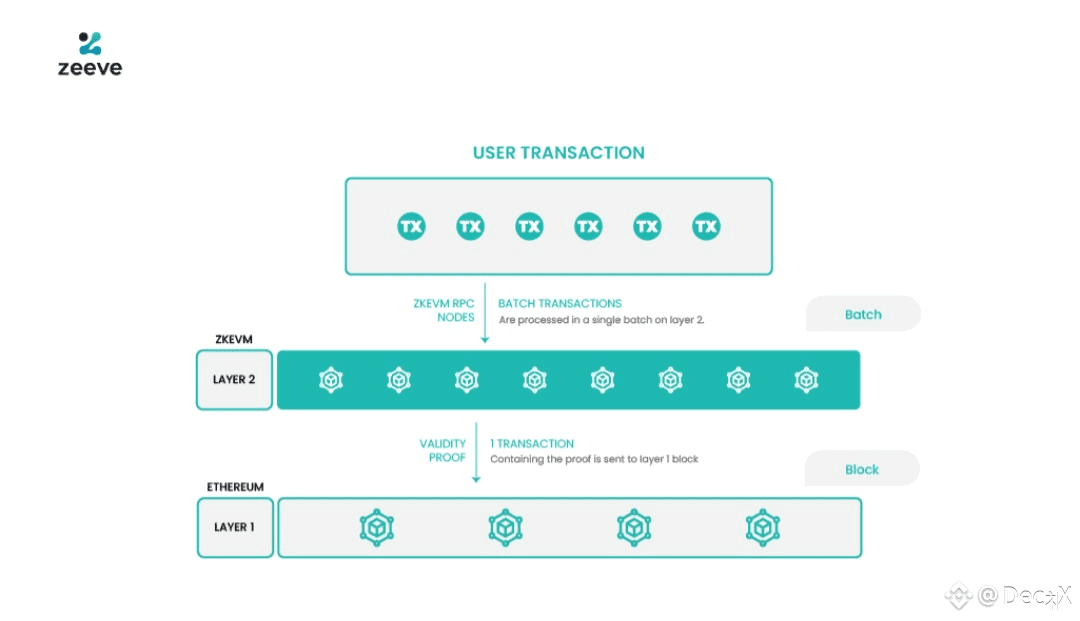Polygon has emerged as one of the most influential projects in the blockchain ecosystem, providing the infrastructure and scalability that Ethereum has long needed. Built as a multi-chain scaling framework, Polygon enables faster and cheaper transactions while maintaining compatibility with the Ethereum Virtual Machine (EVM). Its vision extends beyond being just a Layer 2 solution; Polygon aims to become the foundational layer for the decentralized internet of the future.
The Vision Behind Polygon
Polygon’s mission is to bring scalability and accessibility to Ethereum without compromising decentralization. The project was created to address the limitations of Ethereum’s high gas fees and slow transaction speeds, ensuring that users and developers can interact with decentralized applications (dApps) efficiently. The ultimate goal is to transform Web3 into a space that is as seamless and scalable as Web2, while maintaining the open, permissionless nature of blockchain.
Core Architecture And Technical Innovation
At its core, Polygon operates as a network of scalable sidechains and rollups that connect seamlessly to Ethereum. The Polygon PoS chain is one of the most widely used scaling solutions, offering low fees and near-instant finality. Beyond this, Polygon has introduced several advanced technologies such as Polygon zkEVM, Polygon Miden, and Polygon CDK, each focused on enhancing scalability, security, and developer flexibility. This modular architecture allows different scaling approaches to coexist within one ecosystem.
Polygon zkEVM The Future Of Scaling
Polygon zkEVM represents one of the biggest technological leaps in Ethereum scaling. It uses zero-knowledge proofs to batch multiple transactions off-chain and verify them on-chain with cryptographic certainty. This method ensures Ethereum-level security while drastically reducing transaction costs. Because it’s fully EVM compatible, developers can easily migrate their existing contracts to Polygon zkEVM without modifying code, providing both scalability and familiarity.
Developer Experience And Ecosystem Support
Polygon’s infrastructure has been built with developers in mind. It supports all major Ethereum tools, libraries, and frameworks, meaning developers can use MetaMask, Hardhat, and Remix with no additional setup. This ease of use has attracted thousands of projects to the network, ranging from DeFi and NFT platforms to gaming and social applications. Polygon’s grant programs and ecosystem funds further encourage developers to innovate and expand the network’s use cases.
The Power Of Interoperability
Interoperability is a cornerstone of Polygon’s ecosystem. The Polygon SDK allows developers to build and connect various chains-public or private-to Ethereum and other networks. This connectivity enables seamless asset transfers and cross-chain communication, reducing fragmentation across the blockchain space. Polygon’s commitment to interoperability ensures that it will remain a key infrastructure provider in the multi-chain future of Web3.

Economic Efficiency And Sustainability
Polygon’s transaction model delivers unmatched efficiency. By processing transactions off-chain and only submitting proofs to Ethereum, it significantly reduces costs and improves throughput. The Polygon PoS chain can handle up to 65,000 transactions per second at minimal cost, making it ideal for mainstream adoption. Moreover, Polygon has introduced sustainability initiatives, including achieving carbon neutrality and targeting carbon-negative operations, positioning it as an environmentally conscious blockchain network.
Security And Network Reliability
Security has always been central to Polygon’s design. The network uses a combination of validator staking and cryptographic proofs to ensure that all transactions are verified and secure. Validators stake MATIC tokens to maintain network integrity, and any malicious behavior results in penalties, reinforcing trust. Polygon’s zkEVM technology further enhances security by relying on mathematical proofs rather than probabilistic consensus.
Ecosystem Growth And Real-World Adoption
Polygon’s ecosystem is one of the largest in the blockchain industry. With thousands of active dApps and partnerships across industries, it serves as the backbone for some of the biggest Web3 projects. Brands like Starbucks, Nike, and Reddit have all integrated Polygon for NFTs and digital collectibles. DeFi giants such as Aave, Uniswap, and Curve operate on Polygon due to its scalability and cost efficiency. This widespread adoption demonstrates Polygon’s ability to bridge traditional and decentralized industries.
Tokenomics And The Role Of MATIC
MATIC, Polygon’s native token, powers the network by facilitating transactions, staking, and governance. Holders can stake MATIC to secure the network and earn rewards while participating in decision-making processes. MATIC also plays a role in maintaining liquidity across the ecosystem and incentivizing developers. With the upcoming transition to POL, Polygon is preparing for a more expansive token model that will unify its ecosystem under a single, scalable framework.
Polygon 2.0 The Next Evolution
Polygon 2.0 marks a major transformation in the network’s architecture. It introduces a unified Layer 2 ecosystem powered by zk technology, connecting multiple chains under a single protocol. The vision is to make Polygon the value layer of the internet, where all chains can interoperate seamlessly. This evolution focuses on infinite scalability, secure cross-chain communication, and a simplified user experience, making blockchain interactions more efficient than ever.
Challenges And Future Outlook
Despite its success, Polygon faces competition from other Layer 2 and scaling projects. Maintaining decentralization while expanding the network remains an ongoing challenge. Additionally, achieving true interoperability across multiple ecosystems will require continuous innovation. However, with its strong technical foundation, partnerships, and consistent development, Polygon remains well-positioned to lead the next phase of blockchain scalability.
My Perspective On Polygon’s Potential
Polygon has consistently proven itself as more than just a scaling solution. It has evolved into a complete Web3 ecosystem that supports innovation across DeFi, gaming, enterprise, and NFT sectors. Its ability to scale Ethereum without compromising on security or decentralization makes it a cornerstone of blockchain infrastructure. The introduction of zkEVM and Polygon 2.0 shows a clear path toward the mass adoption of decentralized applications.
Conclusion
Polygon continues to push the boundaries of what blockchain can achieve. By combining scalability, interoperability, and sustainability, it is shaping the next generation of Web3 infrastructure. With its strong community, robust ecosystem, and focus on real-world utility, Polygon is not just scaling Ethereum-it is scaling the future of the decentralized internet. As blockchain adoption accelerates, Polygon’s influence will only continue to grow, solidifying its position as one of the key building blocks of the digital economy.